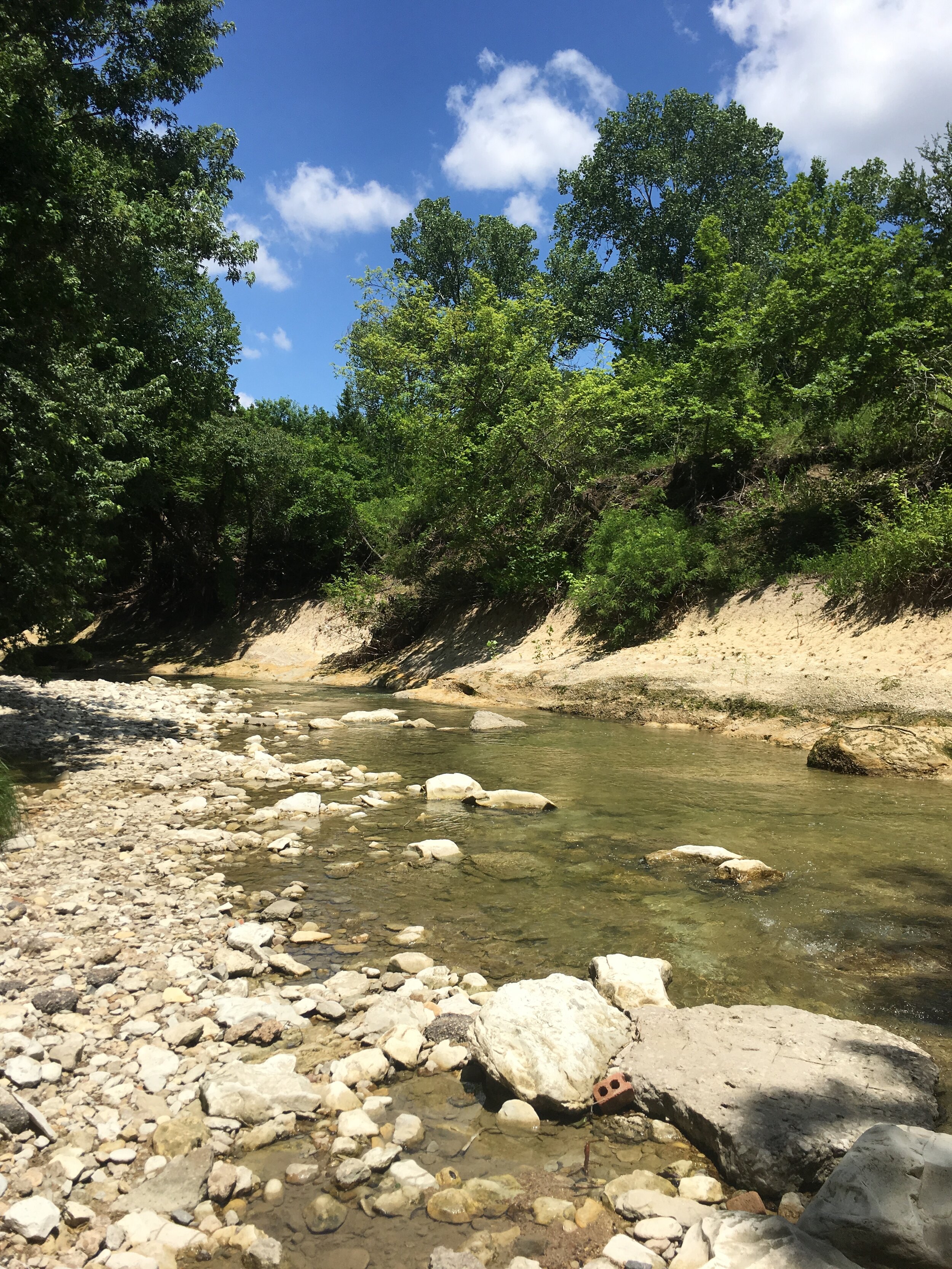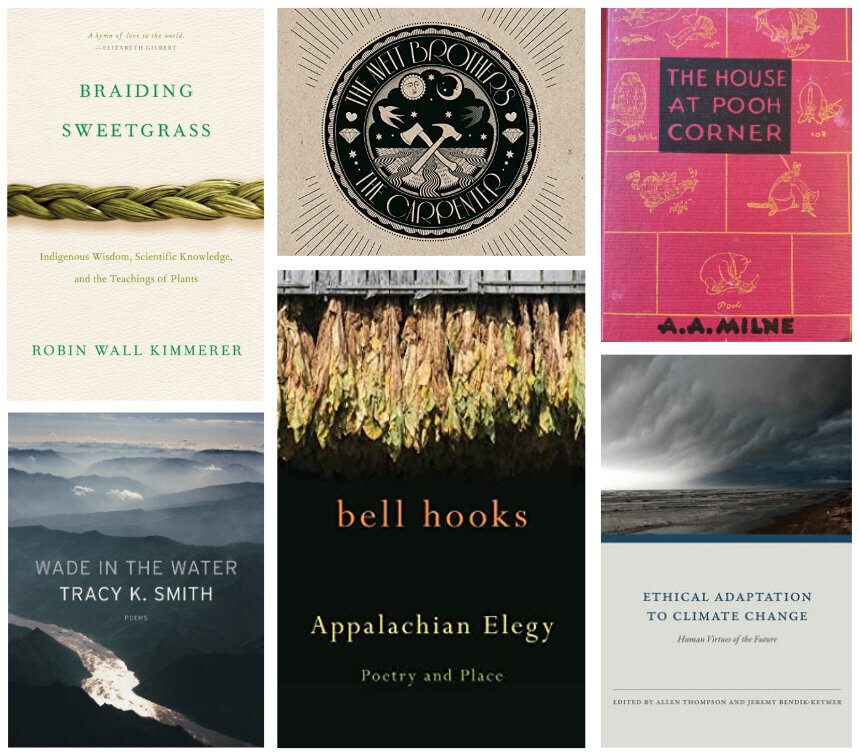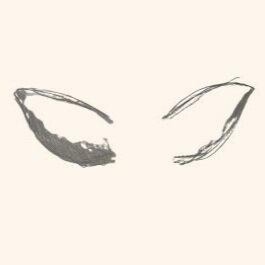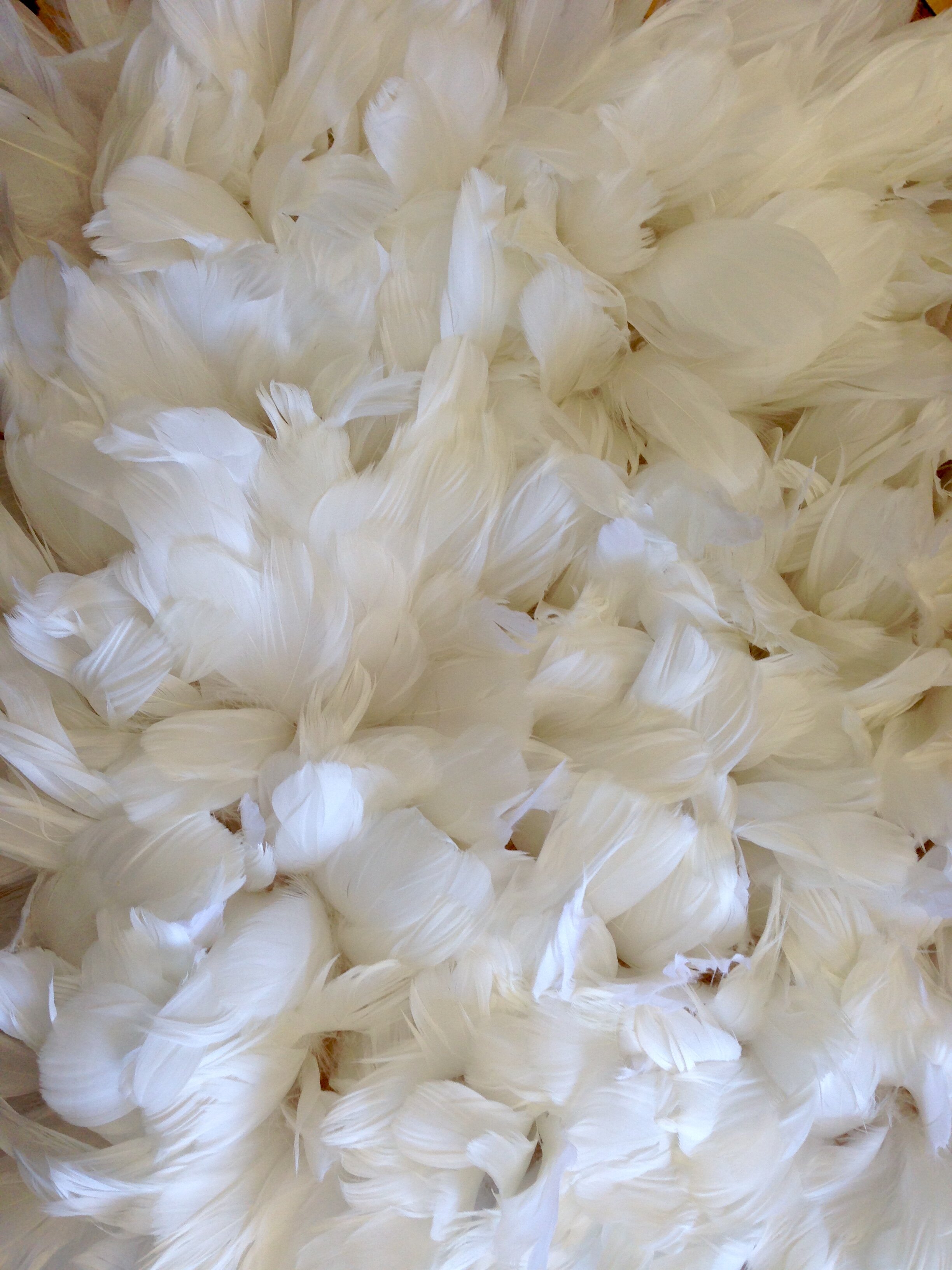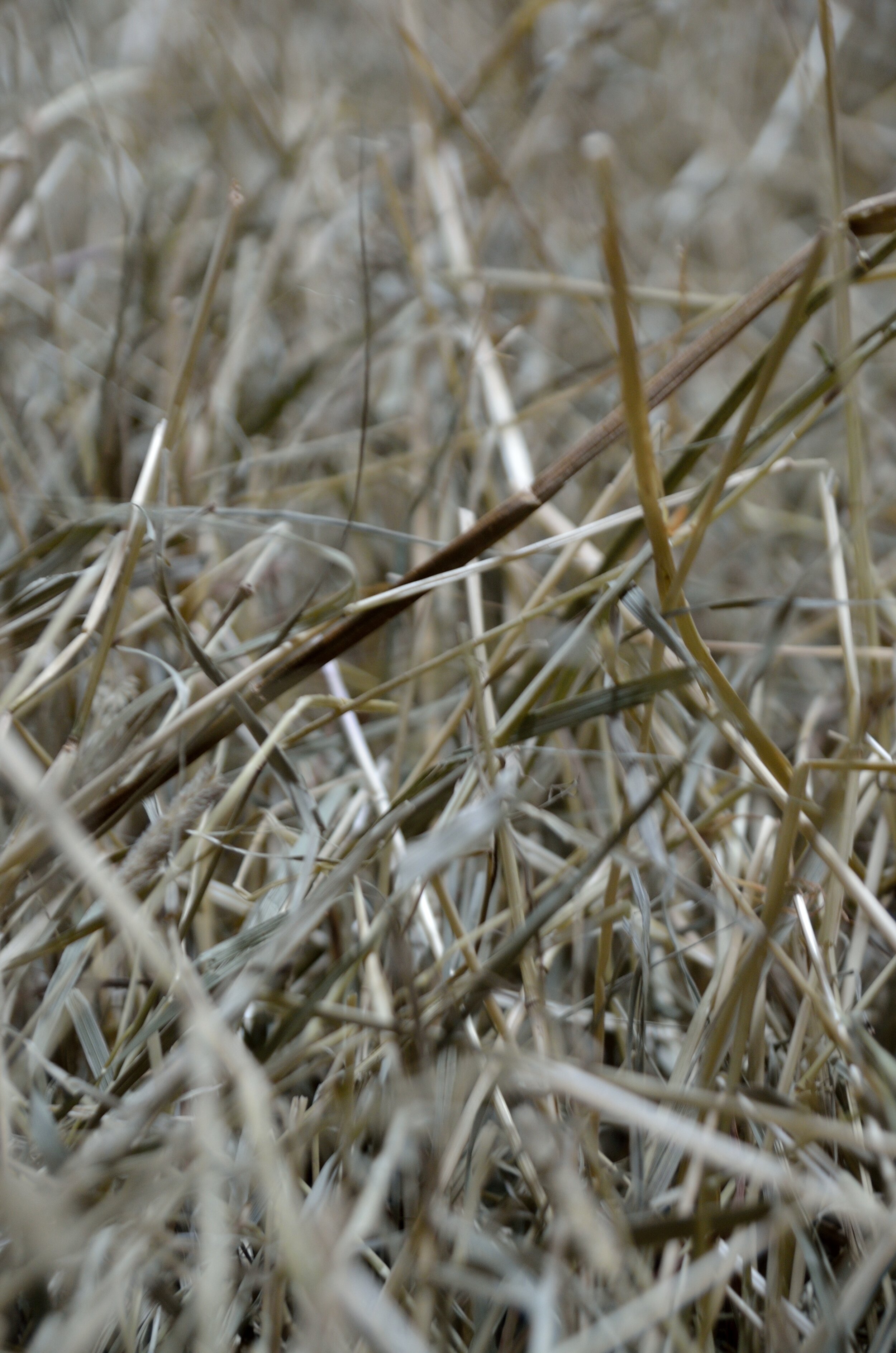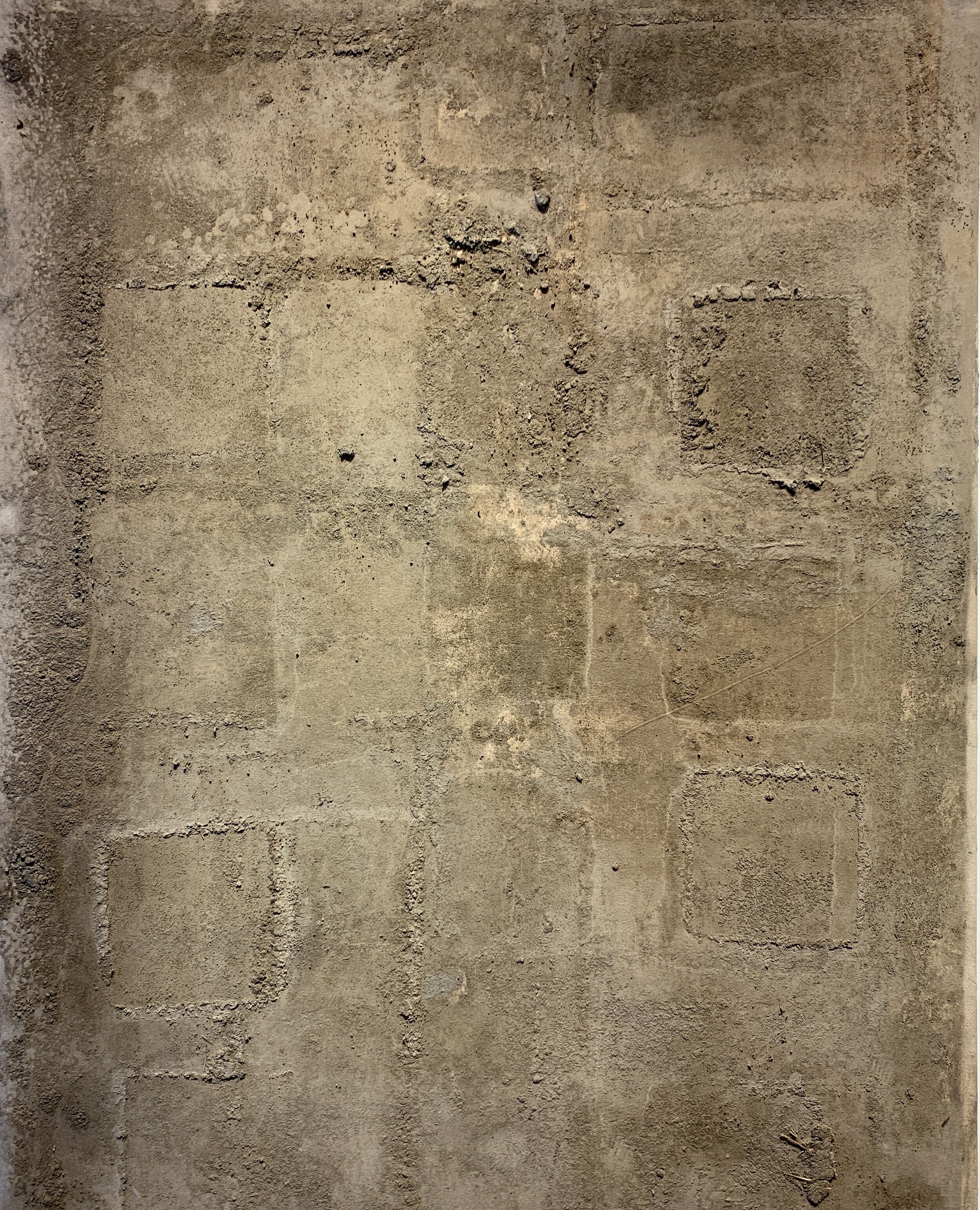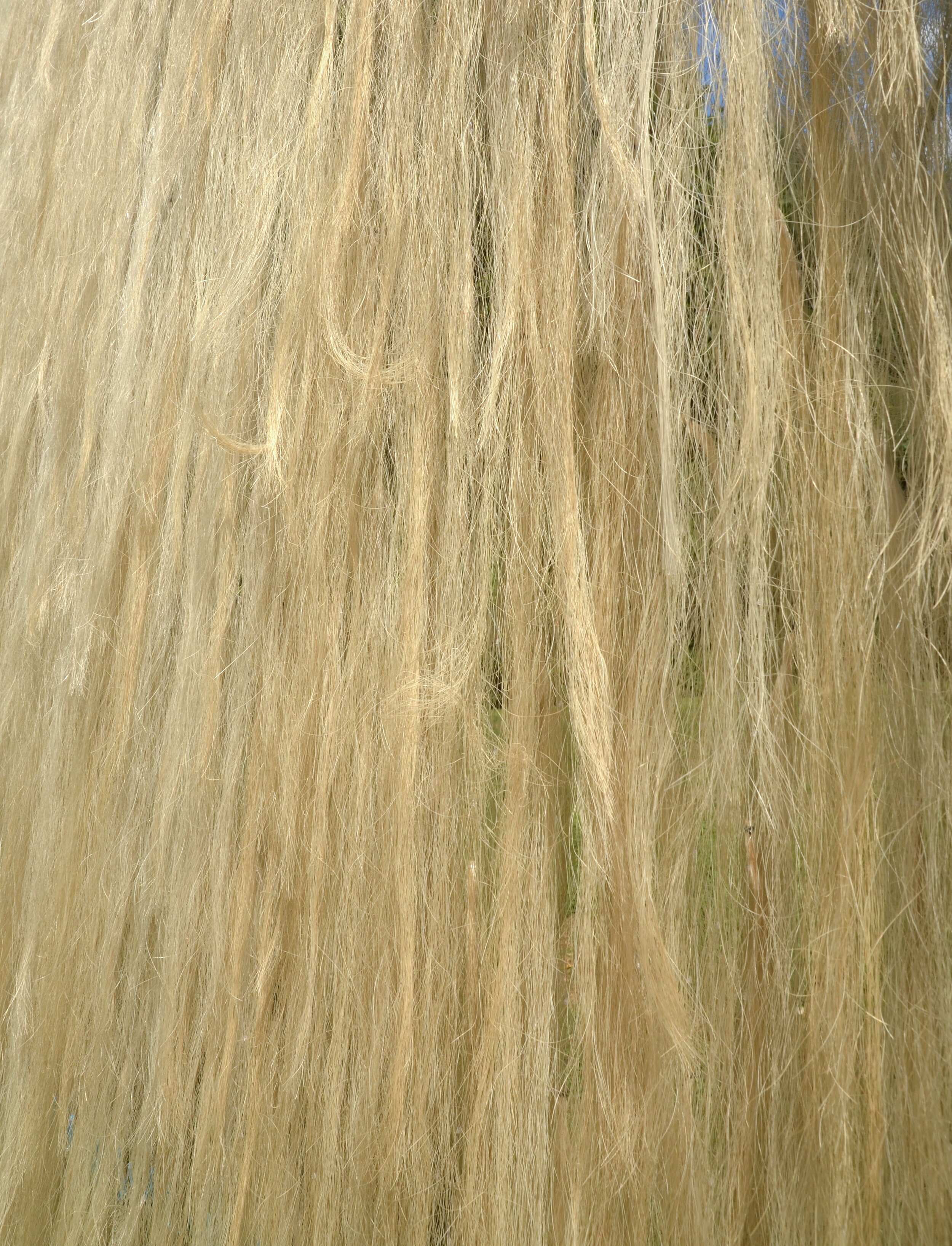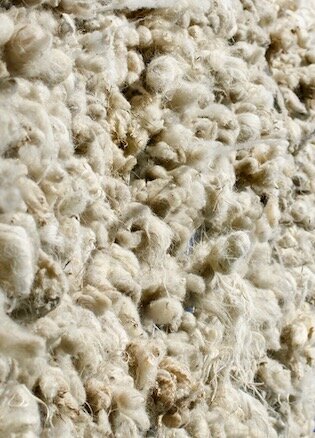Project Creation
Created during the Summer 2020 Environmental Art Internship Program at Nancy Winship Milliken Studio, The Place Where Project evolved out of the collaboration of six women from different parts of the country. We recognize the present need to deeply listen and connect to the people and places around us. We believe that every place and person has a story worth sharing.
“As a place-based environmental studio, we developed this project as a way to capture an expressive, publicly-sourced collection of our relationship to place. The studio is committed to using our artistic platform as an expression of environmental, climate and social change through engagement in community, collaborations, and mentoring creative environmental leaders. We have an open studio, inviting artisans, poets, environmentalists, builders, students and farmers, to work together in response to the landscape, people and animals surrounding us.
-Nancy”
Given this year’s unusual circumstances of Covid-19 pandemic, the studio evolved a normally hands-on practice into a virtual one as a pilot program based on mentoring and public engagement. This new studio practice is an adaptation to the “new normal” with the hopes of sharing creative love during these uncertain times. The pilot online environmental art mentoring program at the Nancy Winship Milliken Studio was partially funded by the New Perennials Project at Middlebury College.
A special thanks to all those who inspired us along the way, especially our mentors: Geoffrey Gevalt in journalism/creative writing; Mike Kiernan in health/agriculture; Caitlin Morgan in culture/food systems; Alison Adams in natural resources; Gillian Erich in psychology of being; and Glenn McClure in eco-art.
Above, Environmental Art Intern Jill Williamson talks about The Place Where Project
About the Creators
We are social artists, students, and environmental stewards inspired by the voices around us. We are passionate about offering a creative space to empower the diversity of languages that people use to communicate place by unearthing stories of place and sharing them. Through this virtual space we hope to provide a platform for connection, exploration, and reflection.
Nancy Winship Milliken
Founder/artist, Nancy Winship Milliken Studio
The place where impossible things happen.
There is a quiet place I go to when I need to think. It is in the field near my studio, and right now, I can hear the crickets sing their summer song. There was a lot on my mind this spring of 2020 during the pandemic stay at home order, and I sought out my “thinking field” more than I had in the past. I witnessed the seasonal changes with greater attention; birds coming back and singing their territorial songs, and plants sprouting I hadn’t noticed before. This project is born out of a time when we are misplaced, displaced, and told to stay in place. I wanted to hear about other places people experienced, and what sights and sounds they are witnessing. I wondered how those places might differ from the place where I went to think.
Charlotte Murphy
The place where all was not lost.
I graduated from Elon University where I had the opportunity to pursue the intersections of art and the environment through natural materials. My senior art thesis centered around a collaboration with a local sustainable farm in North Carolina, using soil from Cane Creek Farm to create paintings that detailed its relationship between farm and fork, as well as highlighting the foundational role of soil in food systems. In The Place Where project I am excited to actively listen to the intersections of people and place, in hopes of not only seeing connections between places and people, but also to become more aware of the places unknown to me.
Jill Williamson
The place where solitude meets comfort.
I am a rising senior at the University of Vermont majoring in Environmental Studies and Studio Art. In my studies I have been exploring the intersectionality between the two, focusing on community art development with influence on agriculture and food systems. I have a desire to learn about and develop work regarding humans' relationship to land as well as develop a stronger conversation about dominion over our surroundings and belonging to place. I am excited to be apart of The Place Where Project. The project provides the space for storytelling and curiosity in discussion with people's connection to place. It brings underlying narratives to the surface and provides the opportunity for education and growth.
Hannah Buckley
The place where renewal came with the rain.
I am an M.A. student at Fordham University in the Urban Studies Department and previously received a B.A. in Sociology and Environmental Studies at Rowan University. I'm interested in exploring the intersection of environmental and social justice topics with a focus on how art can play an important role in public communication. To me, The Place Where Project offers an inclusive space to reflect on our relationships to place. Through place attachment, a sense of belonging, or experiences of displacement, place plays an important role in our emotional lives. This project encourages us to be curious about our surroundings and the meanings we ascribe to them to realize the interconnectivity of people, nonhuman species, and places that reflect our rootedness to and reliance on our environments, and our connections to each other.
Stephanie Hanson
The place where the wind speaks the language of solitude.
I am a senior at Stetson University majoring in Environmental Studies and minoring in Creative Writing and Biology. I have a passion for working at the intersection of nature and art and using creative mediums to convey the urgency of today’s environmental issues and help inspire a sense of respect for the Earth. I hope that The Place Where Project will provide a platform for the amplification of voices, deepen our relationship to the land, and offer a space of comfort and connection in these uncertain times.
Jackie Reiss
The place where the sky and water dance.
I am a college senior at St. Lawrence University majoring in Environmental Studies and Art & Art History with a minor in African Studies. I enjoy combining my two interests of the environment with studio art to create more awareness for environmental concerns, as well as more appreciation for the natural world. The project The Place Where is a great opportunity to explore and share our connection to place and express it through various mediums. I hope through this reflection, people expand their knowledge and admiration for the different places that people find impactful.
Above, Environmental Art Intern Stephanie Hanson talks about her interest in The Place Where Project
““This project is about finding an open understanding that earth is experienced by all differently, both human and non-human.”
-The Place Where Creators ”
Project Process
1. A Starting Place: The Virtual World
Our studio group met through Zoom, our voices and faces traversing a sea of many miles, many states, traveling over cables and internet networks to reach each other. During our weeks together, we roamed this virtual place, breaking the boundaries of physical place to create an ephemeral studio nestled somewhere in a network of data, a jumble of ones and zeros. The idea that many have been relegated to this same realm of virtual space, sequestered in isolation from one another, has driven much of our thinking on The Place Where Project and launched us on a journey into finding a way to share ideas and creative expressions with one another, allowing us to cross the digital world to find meaningful connections and new understandings.
A Zoom meeting with mentors Alison Adams and Caitlin Morgan.
2. Thinking About Place
Above, Environmental Intern, Hannah Buckley talks about The Place Where Project
“Place identity originates in people’s relationship to the physical, political, and environmental world around them and is also shaped by the experiences and interactions with others
(Anguelovski 2014)”
At the beginning of each studio meeting, we started off with a short reading from a book, article, or song that had a connection to our thinking about place. Here are a few of our favorites:
Book: The House at Pooh Corner by A.A. Milne
Excerpt: “Wherever they go, and whatever happens to them on the way, in that enchanted place on the top of the forest, a little boy and his Bear will always be playing.”
“Milne creates Galleons Lap, or the Enchanted Place, as a place where Christopher Robin and Pooh find joy and enchantment. This place, real or not, feels different to all other boys. Only Christopher Robin and his animals see the beauty and the magic in this place. A place may feel ordinary to one but extraordinary to another.” - Jill
Book: Braiding Sweetgrass by Robin Wall Kimmerer
Excerpt: “‘To be a bay’ holds the wonder that, for this moment, the living water has decided to shelter itself between these shores, conversing with cedar roots and a flock of baby Mergansers.”
“The language that Robin Wall Kimmerer uses, trading nouns for verbs, became a place to start to talk about place and of the project.” -Nancy
Poem: “Appalachian Elegy” by bell hooks
Excerpt: "small horses ride me /carry my dreams/of prairies and frontiers/where once/the first people roamed/claimed union with the earth/no right to own or possess/no sense of territory/all boundaries/placed by unseen ones"
“In this poem, bell hooks provides insight into the weight of place history and identity by verbalizing the shattering loss of places through marginalization of people and environmental degradation.” -Charlotte
Article: “Alienation and the Commons” by Steven Vogel
Excerpt: "Most frequently it is claimed that we are alienated from nature because we fail to recognize ourselves as part of nature. We are natural beings, dependent on natural forces for our existence, and yet we treat nature as if it were something distinct from us, and as something we could (and should) master."
“Just as we are not separate from nature, we are not separate from place. We must recognize the reciprocal role we play in our relationship with place, and explore our desire for ownership of place” -Hannah
Song: “The Once & Future Carpenter” by The Avett Brothers
Excerpt: “"Forever I will move like the world that turns beneath me and when I lose my direction I'll look up to the sky"
“This song is about how life is a gamble, we cannot control the hand we're dealt but we can control the actions we take to live fully and satisfactorily. Like this project, it is important to expand the boundaries, to explore the world and see what it has to offer. Yet, we can also return to places of comfort, or search for those places if we get lost.” -Jackie
Poem: “The United States Welcomes You” from Wade in the Water by Tracy K. Smith
Excerpt: “Why are you afraid? And why do you invade/ Our night, hands raised, eyes wide, mute'/ As ghosts?”
“This poem highlights a sense of alienation from place, shedding light on the differing nature of place connections in the face of racial injustice.” -Stephanie
“Finding ways to connect with the land, especially in a time of environmental crisis, is the first step in mediating the environmental issues we are facing today.
-The Place Where Project Creators”
3. Defining The Project
When defining this project, we often took a step back, examining the passions and ideas that motivated us to create this public expression of place. Inspired by one of the mentors that spoke with us, Gillian Erich, we adopted a method of taking a “birds-eye view” or “hawk-view” look at the project. This became a consistent practice during our discussions. Here are a few of our “hawk view” concepts":
Exploration
How can we create a sense of exploration using creativity in a virtual world?
Listening
How can we create public dialog that allows us to enter a space of empathy?
Connection
How can we foster deep connections to place that encourage an attitude of responsibility and stewardship that at the same time encourage deep connections to others in the viewing of creative expression of place?
Education
How can we not be curious?
Comfort
Can thinking about place be a way of bringing comfort in uncertain times?
Nostalgia
Is reflecting on past interactions with a place a way of bringing comfort into the present?
Exchange
Can providing a platform for sharing ideas and reflections on place open up an exchange of viewpoints and ideas among people?
Empowerment
How can we give voice to all?





